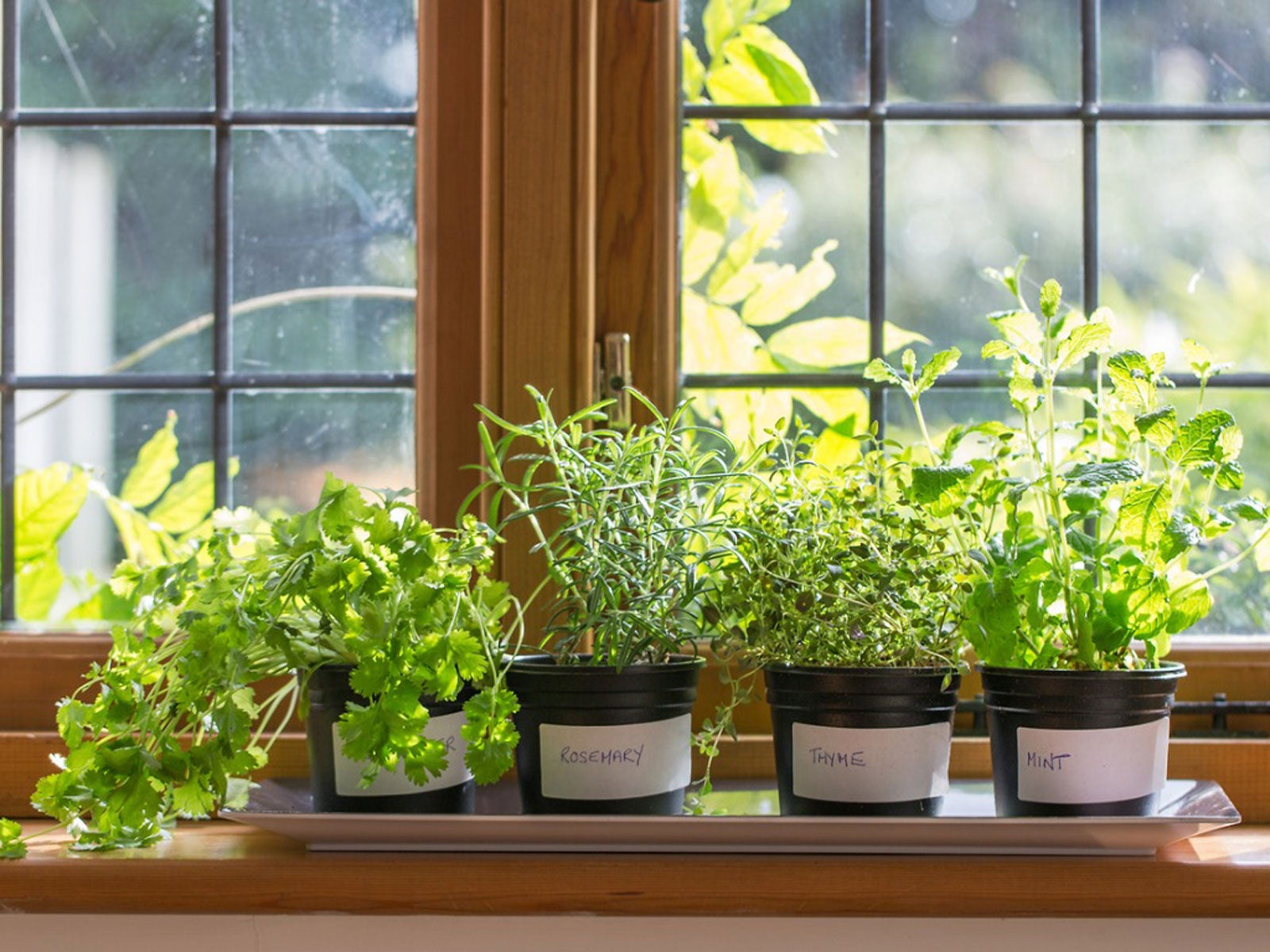Introduction
Creating a kitchen herb garden is an excellent way to bring fresh flavors directly to your cooking while enhancing your home’s ambiance. Whether you have a spacious kitchen or a small apartment, growing herbs indoors is accessible and rewarding. This guide covers everything you need to know to make a kitchen herb garden, from selecting the right herbs to caring for them effectively.
Growing your own herbs ensures you have fresh, pesticide-free ingredients on hand, reduces grocery trips, and can even improve air quality. Plus, a kitchen herb garden adds a touch of greenery and life to your space.
In this article, we’ll explore how to choose the best herbs for indoor gardening, set up your garden with the right containers and soil, and maintain healthy plants year-round. Let’s dive into the practical steps to make your kitchen herb garden thrive.
Why Start a Kitchen Herb Garden?
Benefits of Growing Herbs Indoors
- Freshness and Flavor: Harvest herbs at their peak for the best taste.
- Cost-Effective: Save money on buying fresh herbs from stores.
- Convenience: Have herbs within arm’s reach while cooking.
- Health and Wellness: Herbs like basil and mint have antioxidant properties.
- Decorative Appeal: Adds greenery and a pleasant aroma to your kitchen.
Choosing the Right Herbs for Your Kitchen Garden
Best Herbs for Indoor Growth
Some herbs thrive better indoors due to their light and space requirements. Consider these popular choices:
- Basil: Requires bright light and regular watering.
- Parsley: Prefers moderate sunlight and moist soil.
- Mint: Grows quickly but needs containment to prevent spreading.
- Thyme: Needs well-drained soil and plenty of light.
- Chives: Tolerant of partial shade and easy to maintain.
Factors to Consider
- Light Availability: Most herbs need 6-8 hours of sunlight.
- Space: Choose compact varieties if space is limited.
- Usage: Select herbs you frequently use in cooking.
Setting Up Your Kitchen Herb Garden
Selecting Containers and Soil
- Containers: Use pots with drainage holes to prevent waterlogging. Consider self-watering pots for ease.
- Soil: Use high-quality potting mix designed for indoor plants. Avoid garden soil which may contain pests.
Location Tips
- Place your herb garden near a south-facing window to maximize sunlight.
- If natural light is insufficient, supplement with LED grow lights for 8-12 hours daily.
Planting Steps
- Fill containers with potting mix.
- Plant seeds or seedlings at recommended depths.
- Water gently to settle the soil.
Caring for Your Kitchen Herb Garden
Watering and Fertilizing
- Keep soil consistently moist but not soggy.
- Water when the top inch of soil feels dry.
- Feed herbs with a balanced liquid fertilizer every 4-6 weeks.
Pruning and Harvesting
- Regularly pinch off the tips to encourage bushier growth.
- Harvest leaves in the morning for best flavor.
- Avoid removing more than one-third of the plant at once.
Pest Management
- Monitor for common pests like aphids or spider mites.
- Use natural remedies such as neem oil or insecticidal soap.
Troubleshooting Common Issues
Yellowing Leaves
Often caused by overwatering or poor drainage. Ensure pots have holes and soil drains well.
Leggy Growth
Indicates insufficient light. Move plants closer to a light source or add grow lights.
Wilting
Could be due to underwatering or root problems. Check soil moisture and root health.
Conclusion
Starting a kitchen herb garden is a fulfilling project that brings fresh, flavorful herbs right to your fingertips. By choosing suitable herbs, setting up proper containers and lighting, and maintaining consistent care, you can enjoy vibrant plants year-round. Beyond enhancing your meals, a kitchen herb garden boosts your connection to nature and promotes sustainable living.
Take the first step today—select your favorite herbs and start planting. With patience and attention, your kitchen herb garden will flourish, enriching both your cooking and your home environment.
